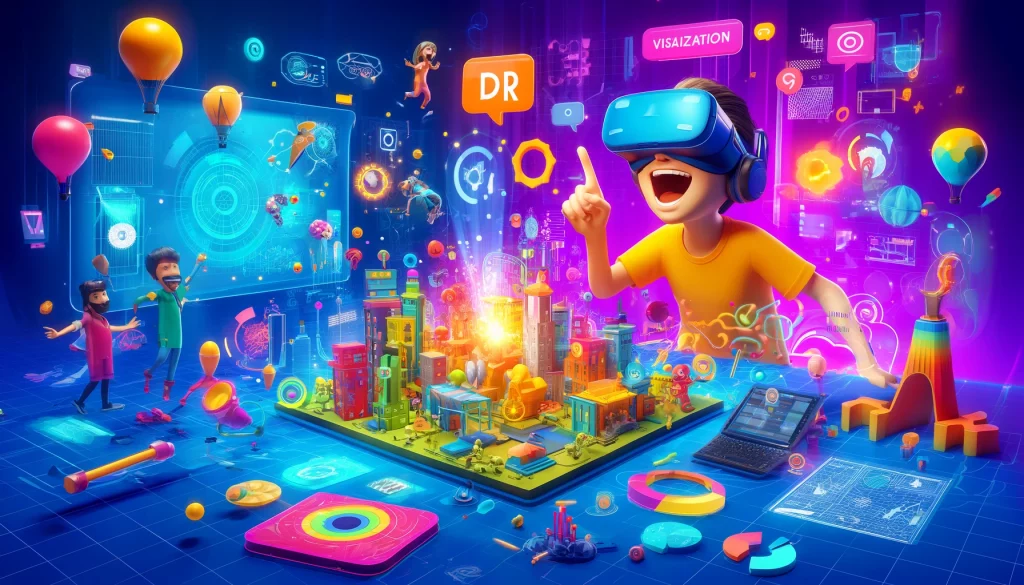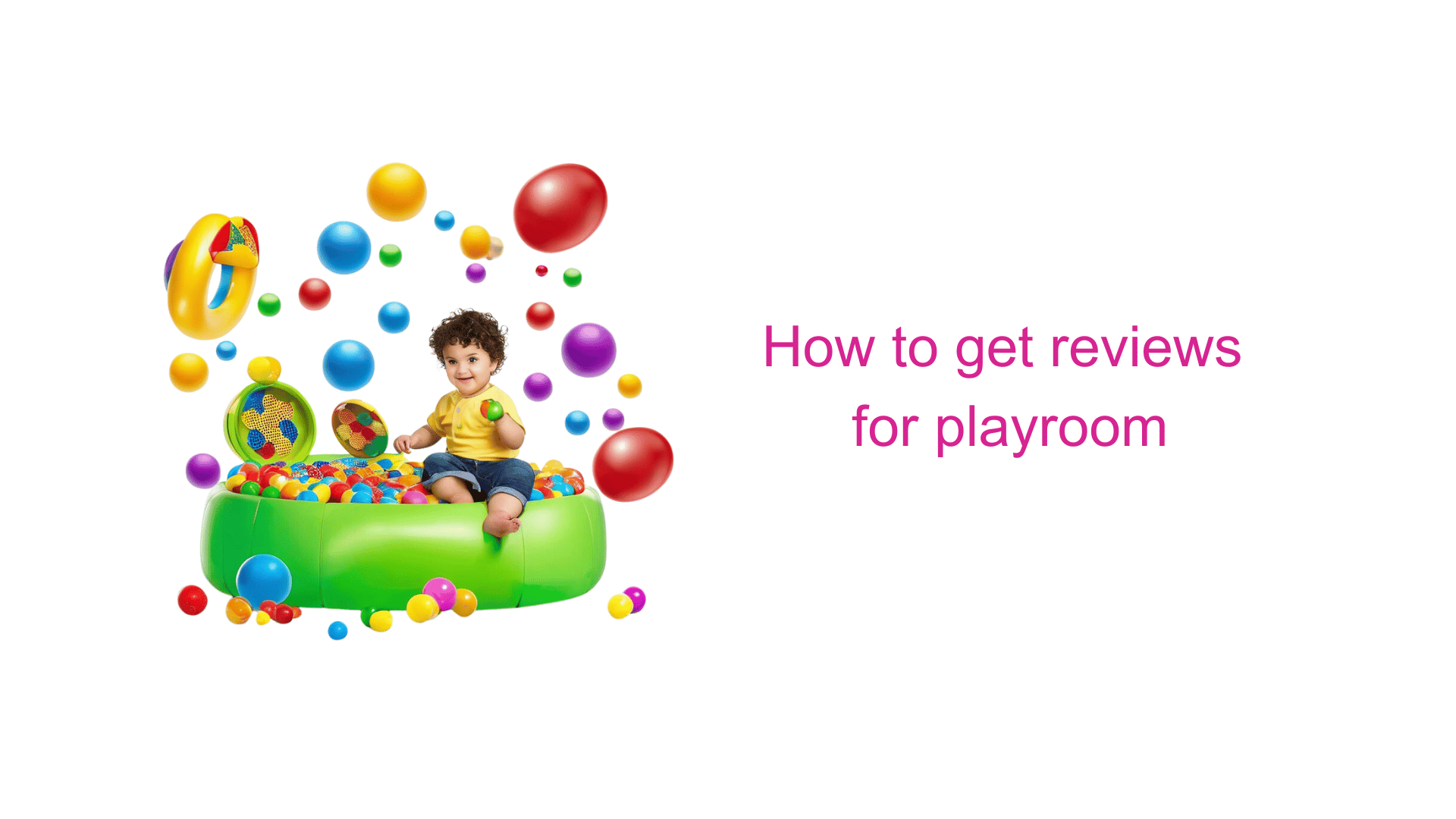Reviews for VR visualization software services and analysis of user reviews about your competitors

Tech issues occasionally pop up and crash the board
Real review to a real VR visualization software service
First, the interface is really, really oldschool, and definitely not intuitive. When you begin with a new software, you like when the interface is welcoming, when pop up’ can help you .
But on 3– M–, I always had pain to find tools, and almost understand the way that the software is making your 3D.
Real review to a real VR visualization software service
The platform is not as robust for real estate uses, however I continue to use the program since it was recommended and I am happy being a user.
Real review to a real VR visualization software service
The workflow felt a little bulky and at first glance, slightly confusing to navigate.
Real review to a real VR visualization software service
The tool itself can be a bit slow with longer render times, and the interface is a bit clunky.
Real review to a real VR visualization software service
The Virtual Reality (VR) visualization software market is transforming industries by providing immersive ways to visualize data, designs, and environments. However, customer reviews frequently highlight significant mistakes made by competitors in this space.
Understanding these pitfalls can help your company develop superior VR visualization software that not only avoids these errors but also exceeds customer expectations. Here’s an analysis of the most common complaints, with strategic recommendations for improvement.
Complex and non-intuitive user interfaces
What competitors get wrong: Customers often complain that competitors’ VR visualization software has overly complex and non-intuitive user interfaces. This complexity can hinder users from effectively navigating and utilizing the software, leading to frustration and decreased productivity.
How to do it better: Invest in user experience (UX) design to develop a more intuitive, user-friendly interface. Conduct regular user testing to identify pain points and make iterative improvements.
Provide comprehensive onboarding and interactive tutorials to help users get started quickly.
While competitors might bury essential features in complicated menus, ensure your platform offers a clean, streamlined interface with key functions easily accessible from the main dashboard. Incorporate drag-and-drop functionality and clear visual cues to guide users through the visualization process.
Limited integration with existing tools
What competitors get wrong: A common complaint is the poor integration of competitors’ VR visualization software with other essential tools such as CAD software, project management systems, and data analysis platforms. This lack of integration forces users to work with isolated systems, reducing overall efficiency.
How to do it better: Develop robust APIs and ensure your VR visualization software can seamlessly integrate with a wide range of tools and platforms. This will streamline workflows and enhance the overall utility of your software.
Competitors might only offer limited integration options. By contrast, ensure your platform supports seamless connections with popular tools like AutoCAD, BIM 360, and Tableau.
Provide detailed documentation and support for API integration to facilitate smooth and efficient connectivity.
Inadequate performance and stability
What competitors get wrong: Performance issues such as high latency, frequent crashes, and poor stability are significant pain points for users of competitors’ VR visualization software. These issues can disrupt workflows and negatively impact the user experience.
How to do it better: Focus on optimizing the performance and stability of your VR visualization software. Implement efficient algorithms and robust error handling to ensure smooth operation.
Regularly conduct performance testing under various conditions to identify and fix issues.
Competitors may experience frequent downtimes and performance lags. Your platform should guarantee high uptime and responsive performance, even with complex VR visualizations.
Provide transparent communication about maintenance schedules and updates to build trust with your users.
Limited customization options
What competitors get wrong: Customers often feel restricted by the limited customization options in competitors’ VR visualization software. The inability to tailor the software to specific needs can hinder the creation of unique and effective visualizations.
How to do it better: Offer extensive customization options, allowing users to modify the interface, features, and visualization settings to better suit their needs. Provide customizable templates and the ability to create bespoke VR visualizations.
While competitors may offer a rigid, one-size-fits-all solution, your platform should enable users to personalize their dashboards, set custom visualization parameters, and design unique VR experiences. This flexibility will make your platform more adaptable and appealing to a broader range of projects.
Inadequate training and support
What competitors get wrong: Many customers express dissatisfaction with the level of training and support provided by competitors. Long response times, unhelpful answers, and lack of comprehensive training materials can drive users away.
How to do it better: Develop a robust training and support system that includes multiple communication channels, such as live chat, email, and phone support. Offer 24/7 support to accommodate users in different time zones.
Provide comprehensive training materials, including tutorials, webinars, and detailed documentation.
Competitors might have long response times and outdated training materials. By offering prompt, knowledgeable support and maintaining up-to-date training resources, you can significantly improve user satisfaction and retention.
High pricing and licensing fees
What competitors get wrong: A significant issue highlighted in customer reviews is the high cost associated with using competitors’ VR visualization software. Expensive licensing fees and restrictive pricing models can deter organizations, especially smaller ones, from adopting the technology.
How to do it better: Adopt a flexible and competitive pricing model. Consider offering tiered pricing plans that cater to different needs and budgets, including a free trial or freemium version to attract new users.
Ensure that your licensing terms are clear and user-friendly.
Competitors might charge high upfront fees or impose restrictive licensing models. By offering a free trial period and affordable pricing plans, your platform can attract a broader range of users and encourage long-term adoption.
Conclusión
In the competitive landscape of VR visualization software services, avoiding these common mistakes can set your company apart and drive higher customer satisfaction.
By focusing on creating a user-friendly interface, ensuring seamless integration, optimizing performance and stability, offering extensive customization options, delivering superior training and support, and adopting a flexible pricing model, your VR visualization software can not only meet but exceed user expectations.
This strategic approach will position your service as the preferred choice in the market, driving growth and success.
Is this what you expect to see at the end of the article? No!
Welcome to the thrilling, never-before-attempted world of VR visualization software, where dodging a handful of obvious pitfalls turns your company into the shining knight of customer satisfaction! Prepare to be dazzled by such revolutionary concepts.
First off, creating a user-friendly interface—what a novel idea! It’s not like every single tech company since the dawn of time hasn’t been trying to make their interfaces user-friendly.
You’re definitely the first to think of that!
Ensuring seamless integration? Wow, what a concept!
It’s almost like your customers want a product that actually works with their existing systems without causing a digital apocalypse. Groundbreaking!
Optimizing performance and stability? Stop it, you’re too innovative! Because obviously, everyone loves software that crashes every three clicks.
It keeps life exciting, doesn’t it? But, sure, making your software reliable could work too…I guess.
Offering extensive customization options? Get out of here with your forward-thinking!
Let the users decide everything they want—because when has giving people too many options ever backfired? They’ll love spending hours tweaking settings instead of actually working.
Delivering superior training and support? That’s clearly a secret sauce no one else is cooking with.
Provide so much support that your customers can’t actually do anything without you holding their hands. They’ll feel so loved and cared for—it’s like tech support meets therapy.
And adopting a flexible pricing model? Just revolutionary!
Tailor your pricing so flexibly that your finance department plays guessing games every quarter. Stability is so overrated.
By embracing these groundbreaking strategies that absolutely no other company in your industry has ever thought of, your VR visualization software won’t just meet but will exceed user expectations, sending them into an ecstatic frenzy.
Prepare for unprecedented growth as your groundbreaking approach magically turns the competitive landscape into a love fest for your brand. Get ready to be the hero, capes and all!
Conclusions?
Don’t worry and turn to GINIX review management service. We will make reviews a reliable source of your business growth.
We’ll increase the number of reviews about your business on autopilot! You can order monitoring and analysis, handling of negative reviews, or the appearance of new reviews – either one or all together.
Have a great day!

 8 min
8 min 







